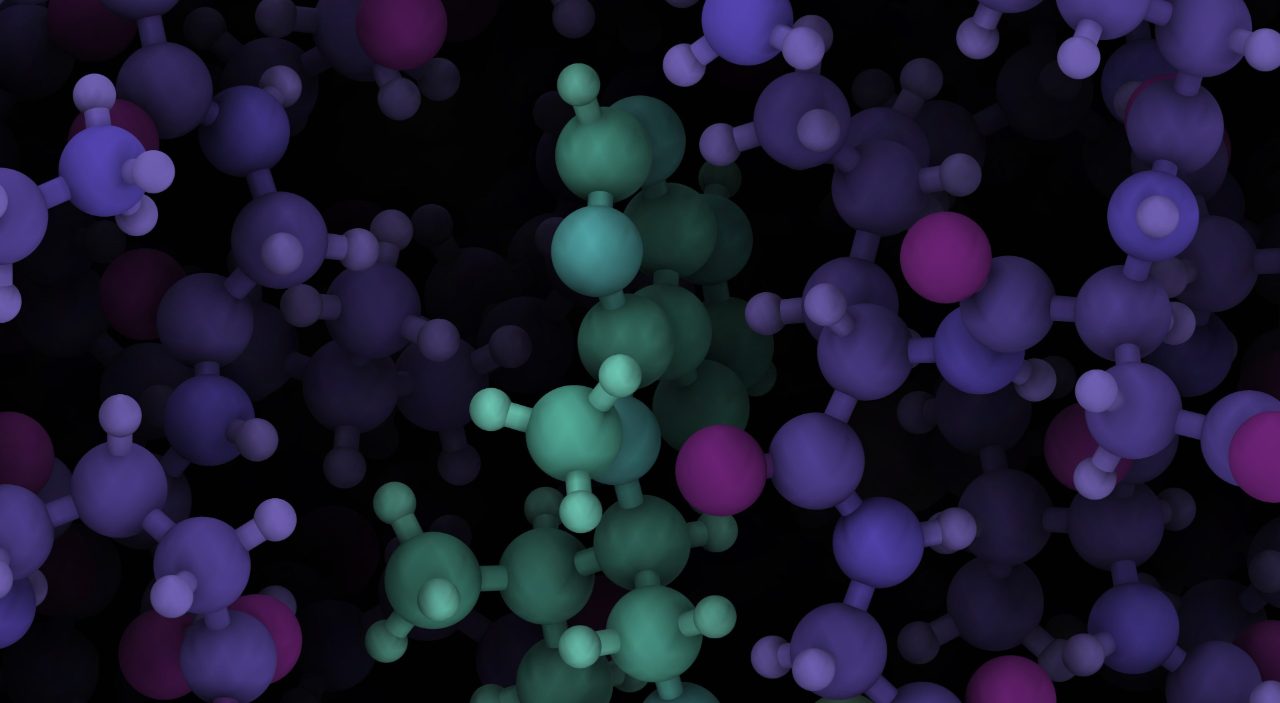

Inroads in Antibiotic Development via Fragment Library Screening
According to the World Health Organization, antibiotic resistance is one of the biggest threats to global health, food security and development today.
Antibiotic resistance continues to gain momentum, which could have serious implications for the way we are able to treat bacterial infections, and means that deaths from previously-preventable causes could become more commonplace.
There is clearly a pressing need for fresh avenues into the antibiotic drug discovery pipeline and a recent study by Mohanty et al (2017) highlighted that methods that affect the ability of the bacteria to take hold and cause disease, so-called ‘anti-virulence’ tactics, may be a step towards developing the novel antimicrobials that we so desperately need.
The study focused on the metabolically versatile bacterium, Pseudomonas aeruginosa, a naturally multi-drug resistant Gram-negative bacterial pathogen. P. aeruginosa can cause a number of severe infections in patients with serious underlying medical conditions (Gellatly and Hancock 2013), for example chronic pneumonia in individuals with cystic fibrosis.
PaDsbA1, a protein vital for catalyzing reactions that lead to the correct folding of a number of the virulence factors of P. aeruginosa, represents an excellent target for disrupting the ability of the pathogen to establish itself and such targeting may ultimately lead to the development of a new antimicrobial.
By screening their in-house fragment library – looking at small compounds that would potentially bind to PaDsbA1 – the researchers set out to to identify prospective inhibitors that would impede the normal formation of disulfide bonds in P. aeruginosa.
Molecular interactions were assessed by recording saturation transfer difference (STD) in nuclear magnetic resonance (NMR) experiments using a Bruker AVANCE spectrometer equipped with CryoProbe, enabling precise digital control, fast NMR, high speed spectroscopy, flexibility and pure NMR frequency generation.
The varying strength of the signal in STD spectra was categorized and compared with the most intense STD signal identified across all the STD spectra for PaDsbA1. The researchers were able to show that the significant molecular interactions – or hits – selectively bound to PaDsbA1, rather than the similar DsbA protein found in Escherichia coli. This indicates that highly-specific inhibitors of DsbA enzymes, that are unique to a species of pathogen, could potentially be developed.
Additionally, the study authors pointed out that such anti-virulence approaches mean that, due to an absence of selection pressure with this method, a downward trend in the tendency to induce antibiotic resistance may be achieved.
Though in the very early stages, the data revealed in this study regarding both the interaction between the fragment library hits and the protein, and the structure of the molecules that produced the hits represents a foundation for the development of improved compounds that could potentially selectively inhibit PaDsbA1 and interfere with P. aeruginosa virulence, and could be a promising advance in the stalled antimicrobial drug development arena.
References:
- Gellatly, SL & Hancock, RE. Pseudomonas aeruginosa: new insights into pathogenesis and host defenses. Pathog Dis 2013; Apr;67(3):159-73.
- Mohanty, B et al. Fragment library screening identifies hits that bind to the non-catalytic surface of Pseudomonas aeruginosa DsbA1. PLoS ONE 2017; 12(3): e0173436.
- World Health Organization. Antibiotic resistance fact sheet 2016. http://www.who.int/mediacentre/factsheets/antibiotic-resistance/en/


